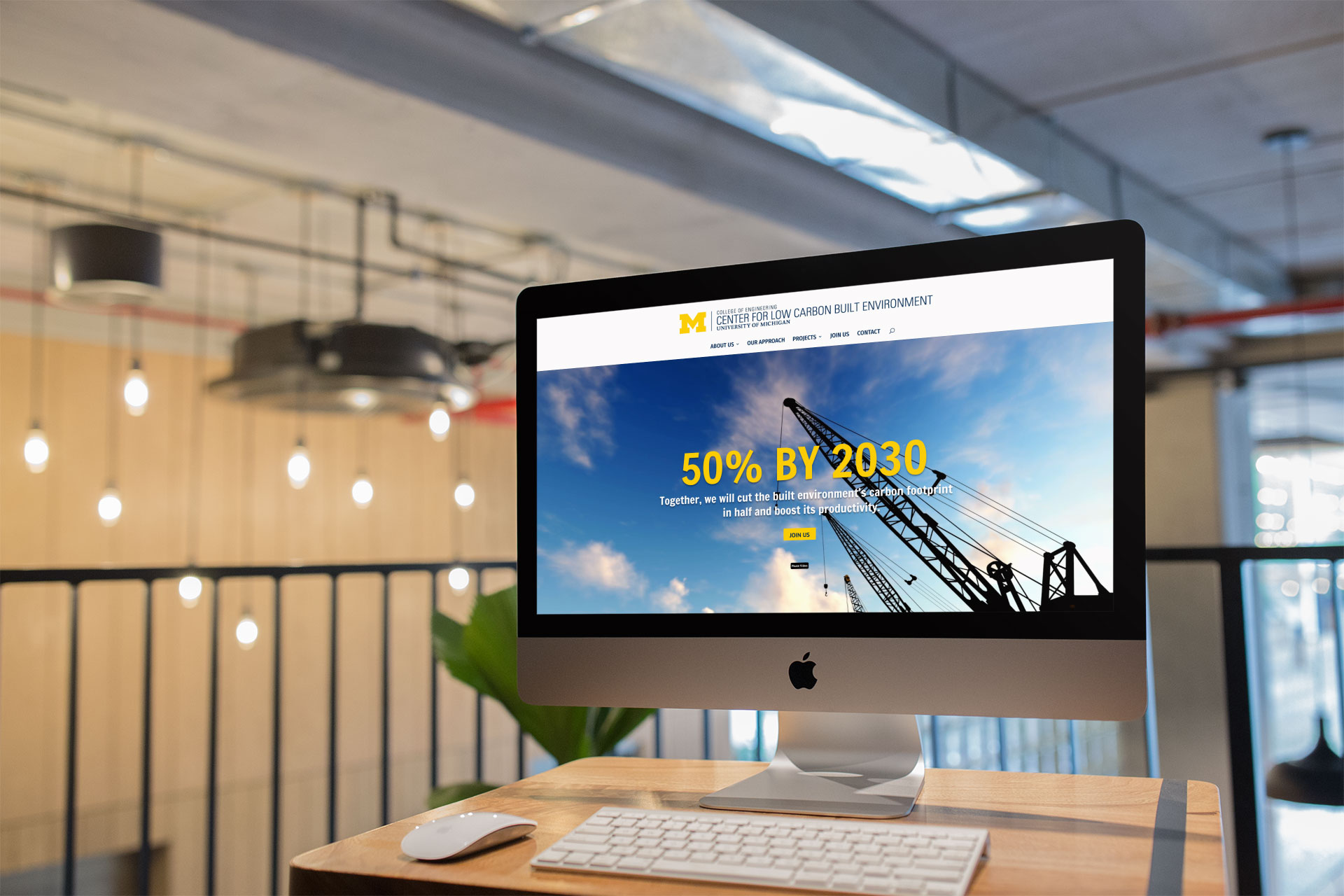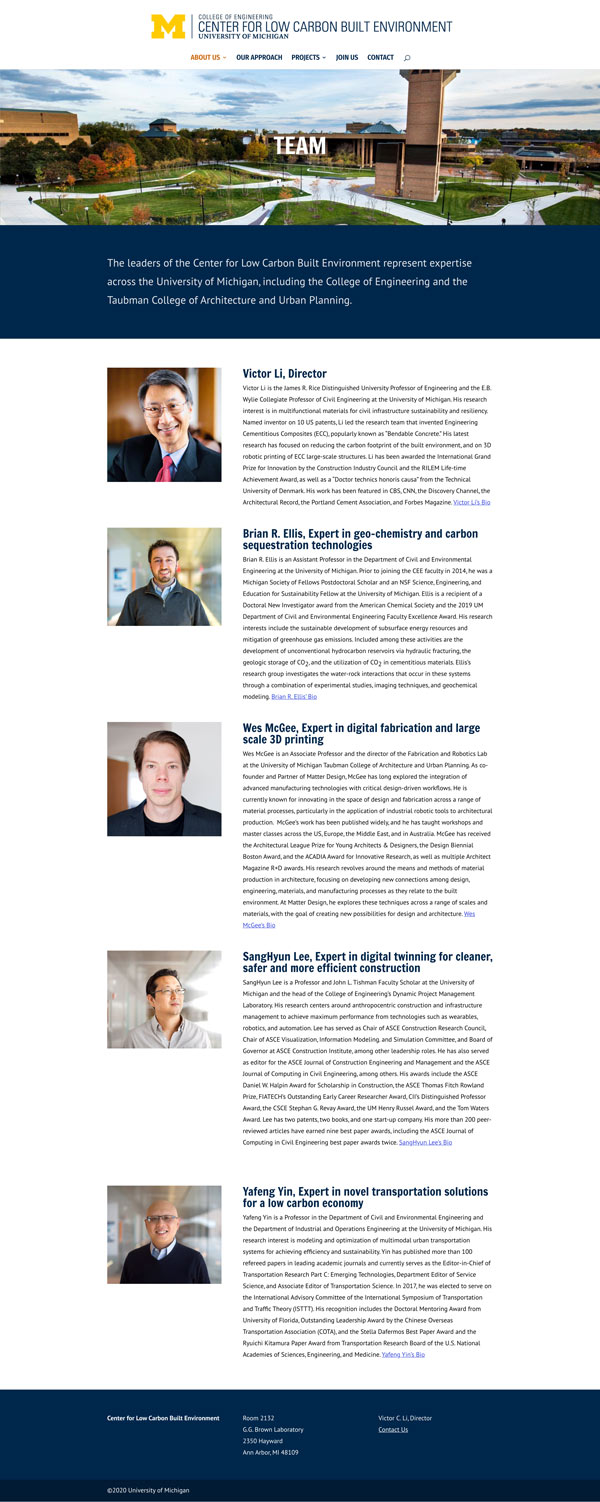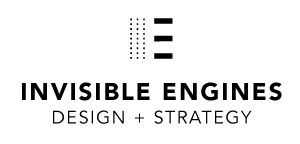CASE STUDY
An Interdisciplinary Collaboration to Reduce Carbon Emissions from the Built Environment

The Challenge: Creating A Website to Launch a Movement
Did you know that the built environment— that’s roads, buildings, and everything humans have made— contributes 60% of the world’s carbon emissions? Global warming will be our inevitable future, unless we take action to reduce the amount of carbon emissions from the built environment.
The University of Michigan Center for Low Carbon Built Environment is a new interdisciplinary effort to dramatically lower carbon emissions over the next decade. The Center brings top researchers from the fields of engineering, the architecture and business together with with industry and philanthropical supporters to create new ways of addressing this issue.
The Center hired us to help them synthesize a name, create an identity that aligned with the University of Michigan’s brand standards, help them express the mission with clear copy and create a website in time for their April 2020 launch.
CLIENT
University of Michigan Center for Low Carbon Built Environment
Ann Arbor, Michigan
SCOPE OF WORK
Discovery
Strategy
Advising on Naming and URL
Site Structure
Art Direction
Copywriting and Research
Infographics
Site Design and Development
ADA Accessibility
Training
Process
We worked closely with the founder of the center, Professor Victor Li, to understand his innovative vision as well as the urgency to create action as soon as possible. His belief that the most powerful solutions are interdisciplinary and collaborative, and the work that he’s done with his own research inspired and excited us. While we spoke, he pointed us to what inspires him: the natural world, an abalone shell, the way a willow tree bends.
The center must inspire supporters— across sectors, and including foundations. It must reflect powerful ideals of collaboration, discovery and exploration, and optimism that we can reach an aggressive goal of reducing carbon emissions in a short and rapidly approaching time frame. At the same time, the visual identity of the organization needs to reflect a sense of power and efficacy— the ability to not only be visionary, but to make things happen, quickly.
The logo was provided by the University of Michigan and follows concise branding standards. When a logo is consistent across the university’s departments and centers, the elements of the brand need to work together to differentiate and elevate the brand. Our challenge was to build a strong identity that would help the center stand out— emphasizing the other elements of a brand— use of colors, typography, the quality of photography, the way we use space, and the tone of the language.
Results
CLIENT Q & A
What was it like working with us?
It was most enjoyable. Truly teamwork.
What did we do best?
Very responsive. Takes good care of things big and small. Good at meeting expectations.
What could we do better?
Can’t think of anything.
What would you say to someone who was on the fence about working with us?
Go with Invisible Engines and expect high satisfaction.
– Professor Victor Li, Director, University of Michigan Center for Low Carbon Built Environment



